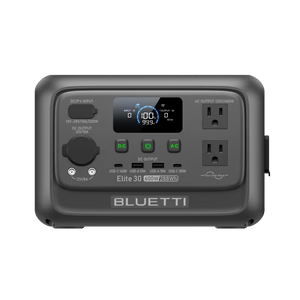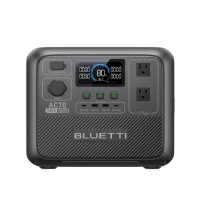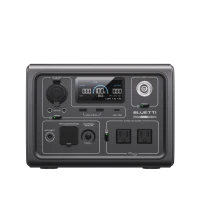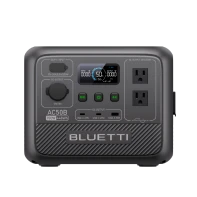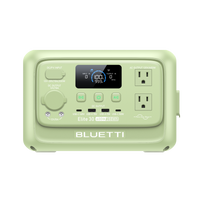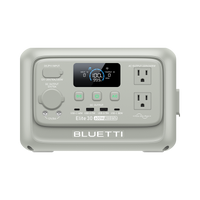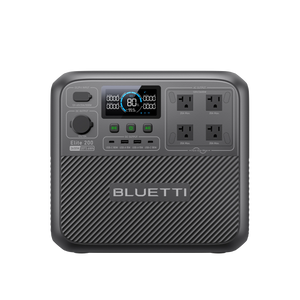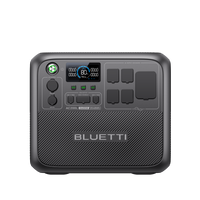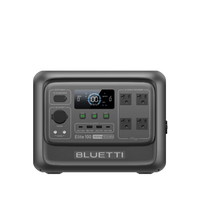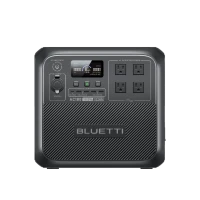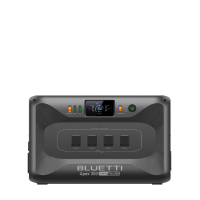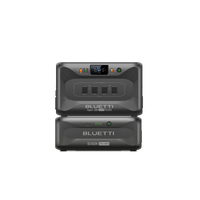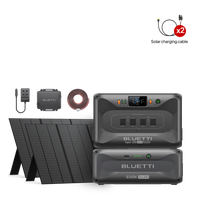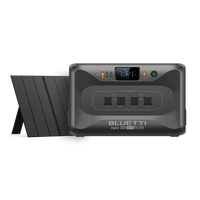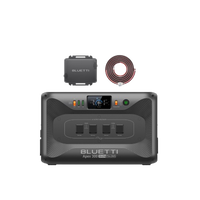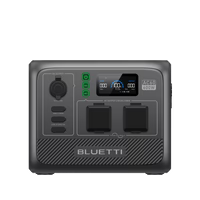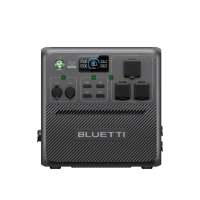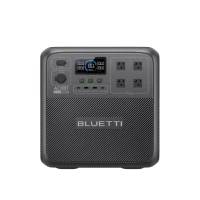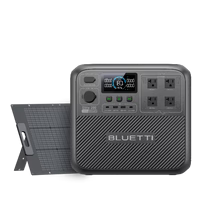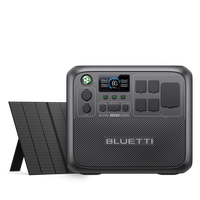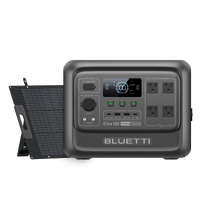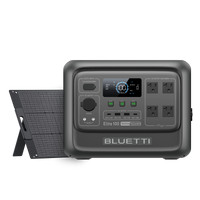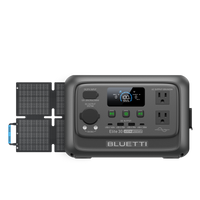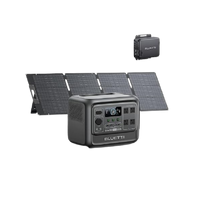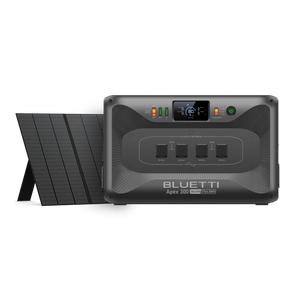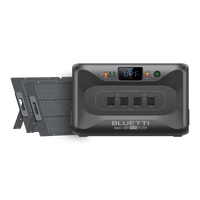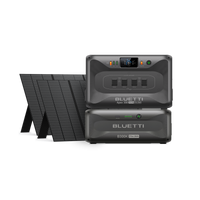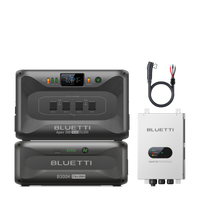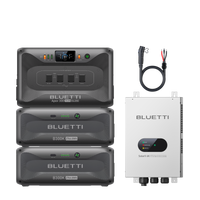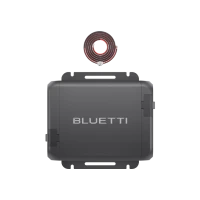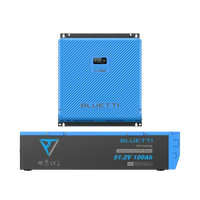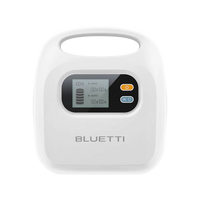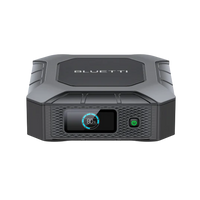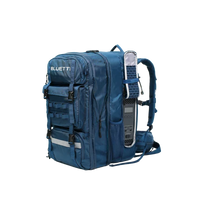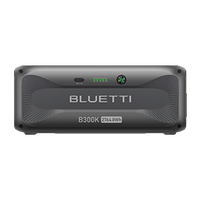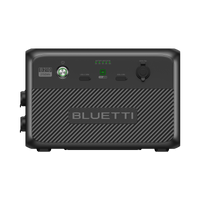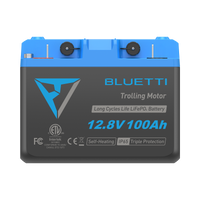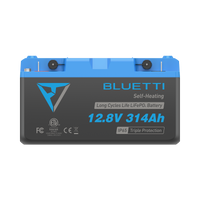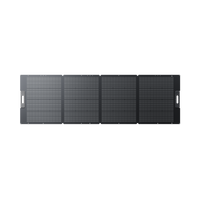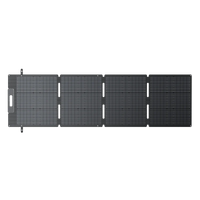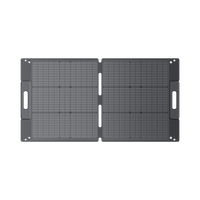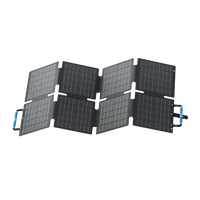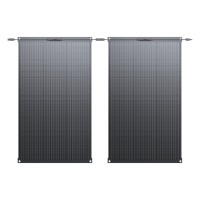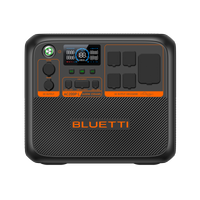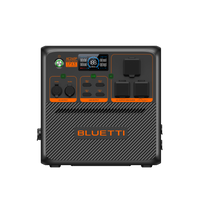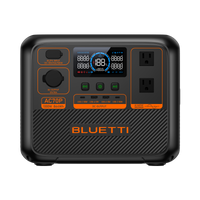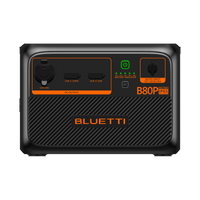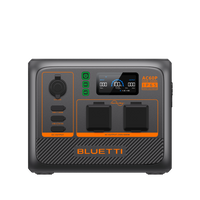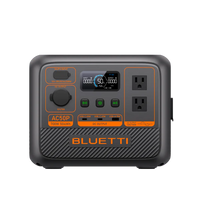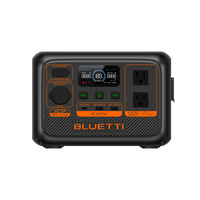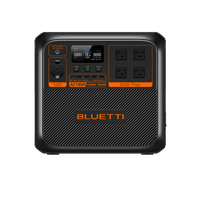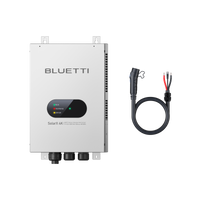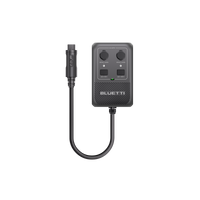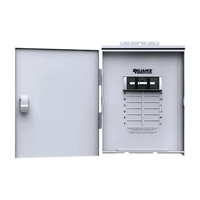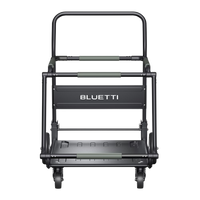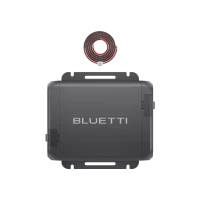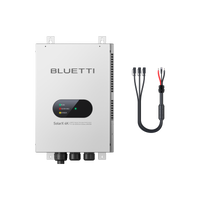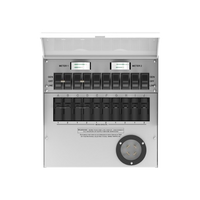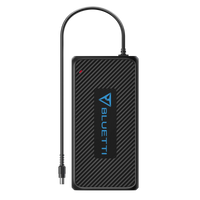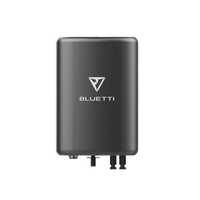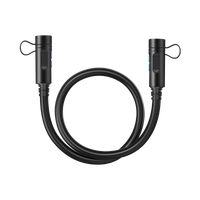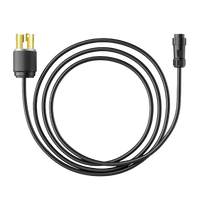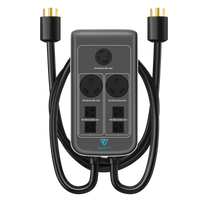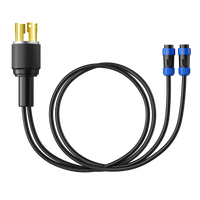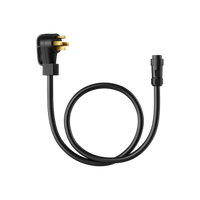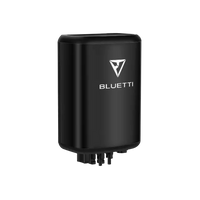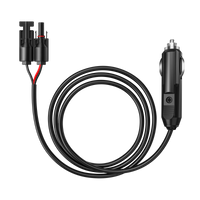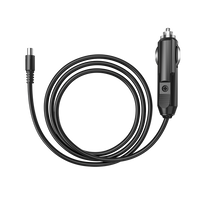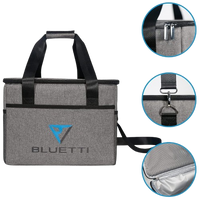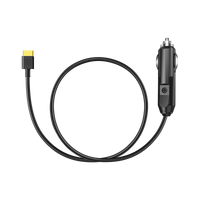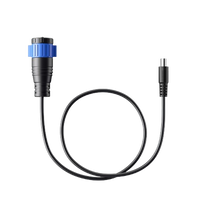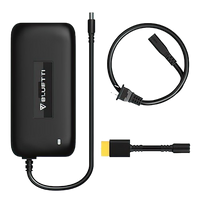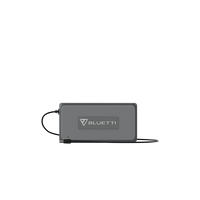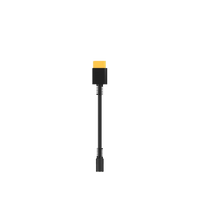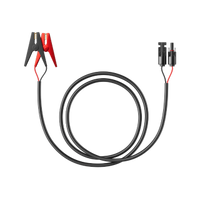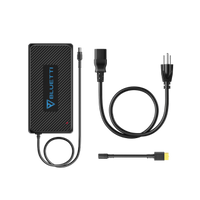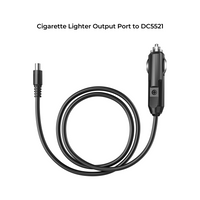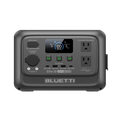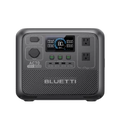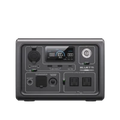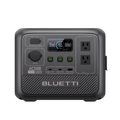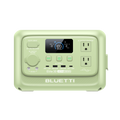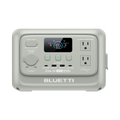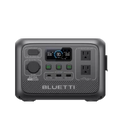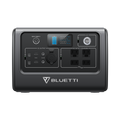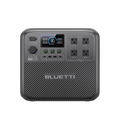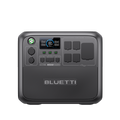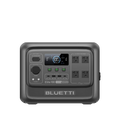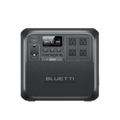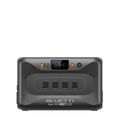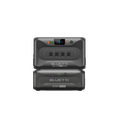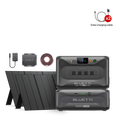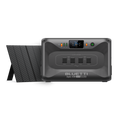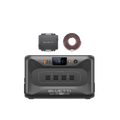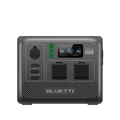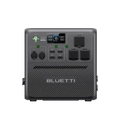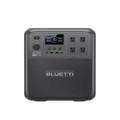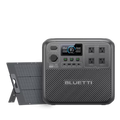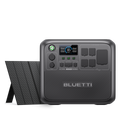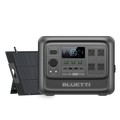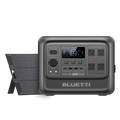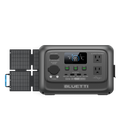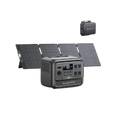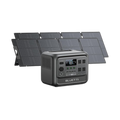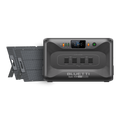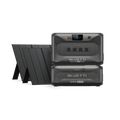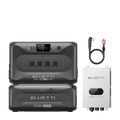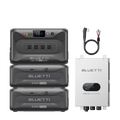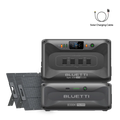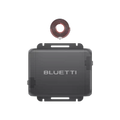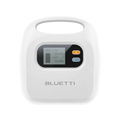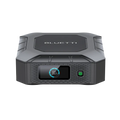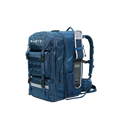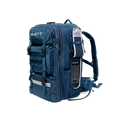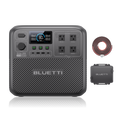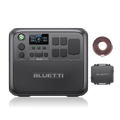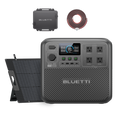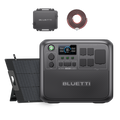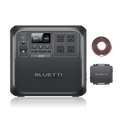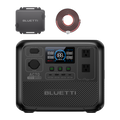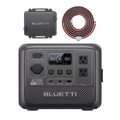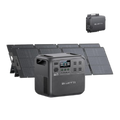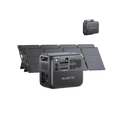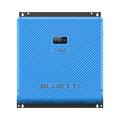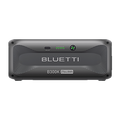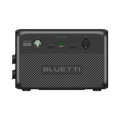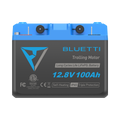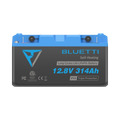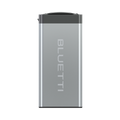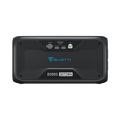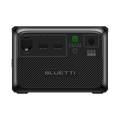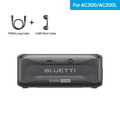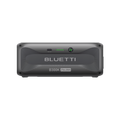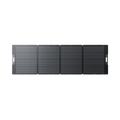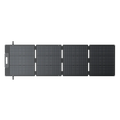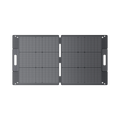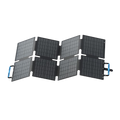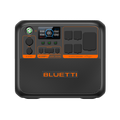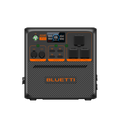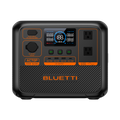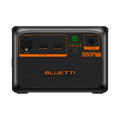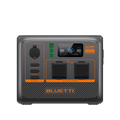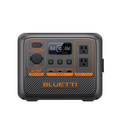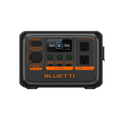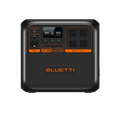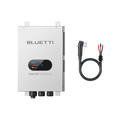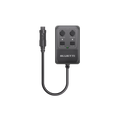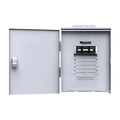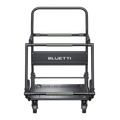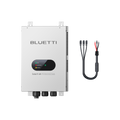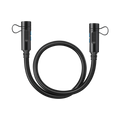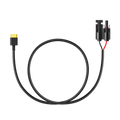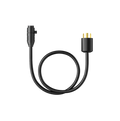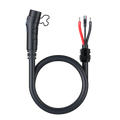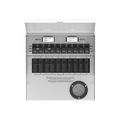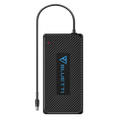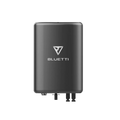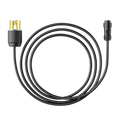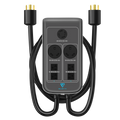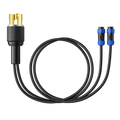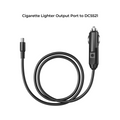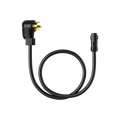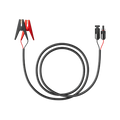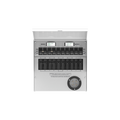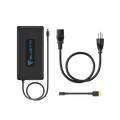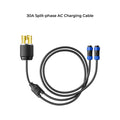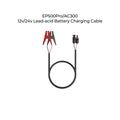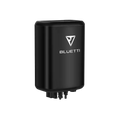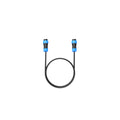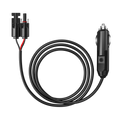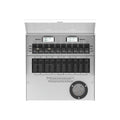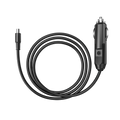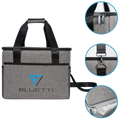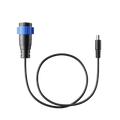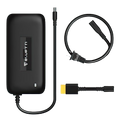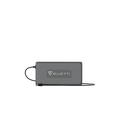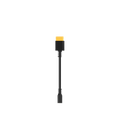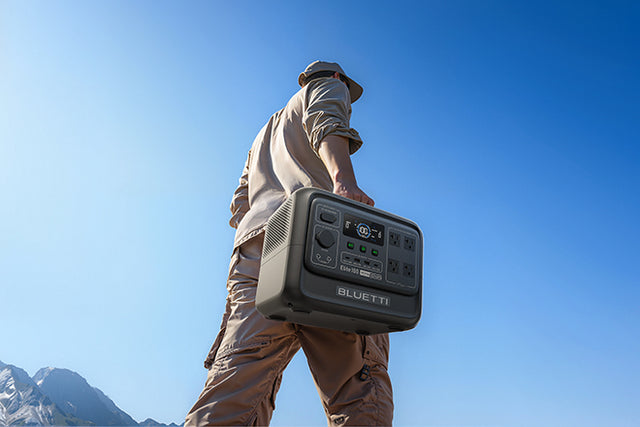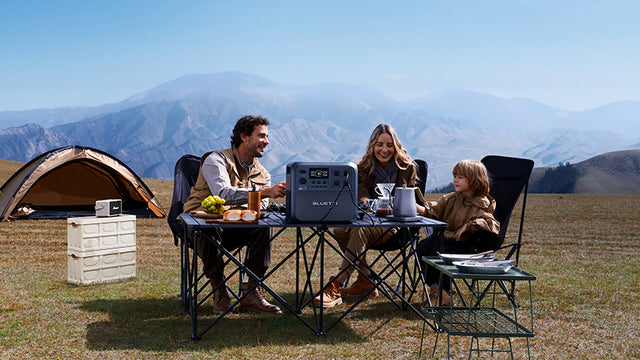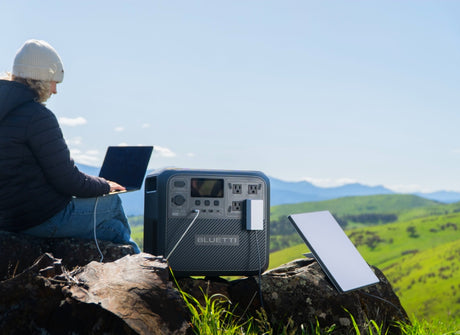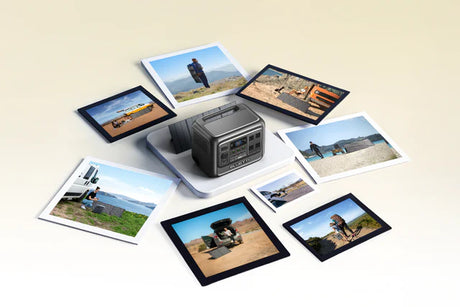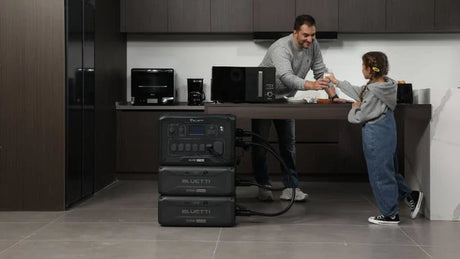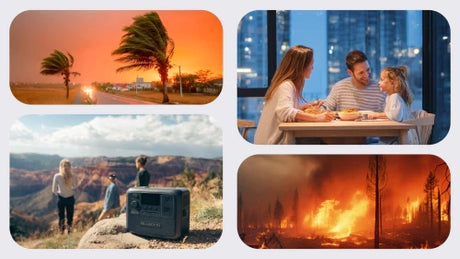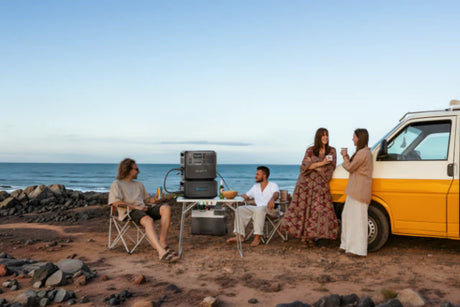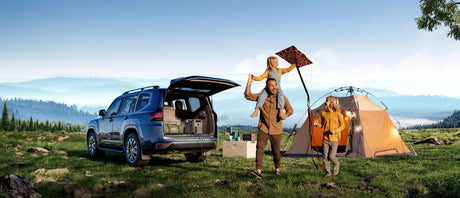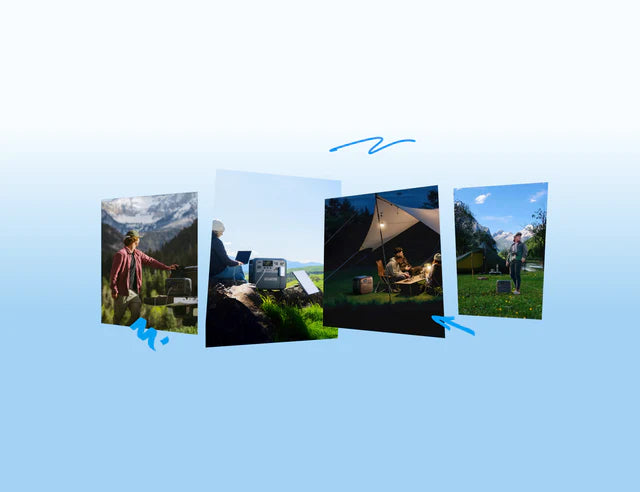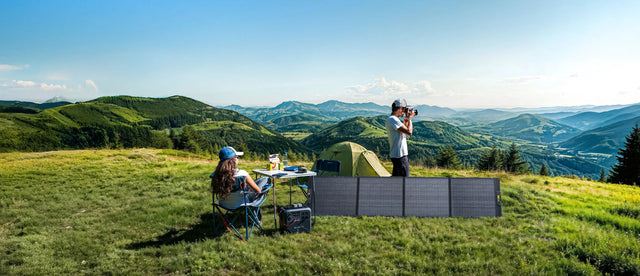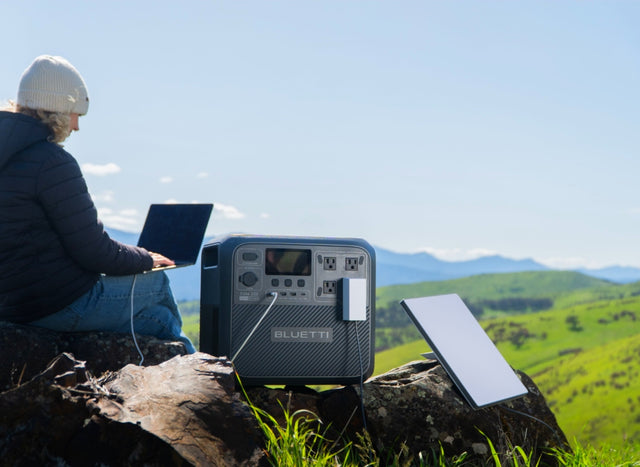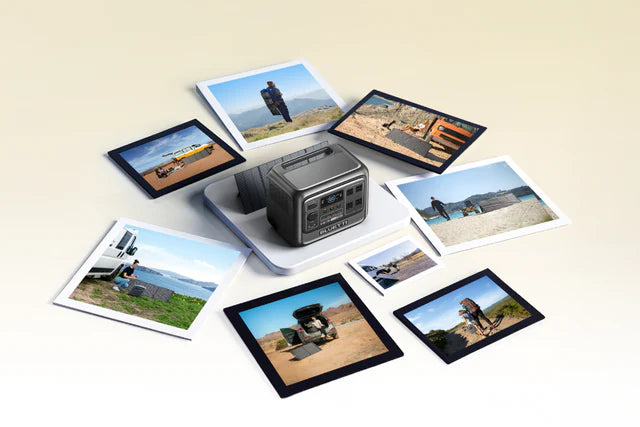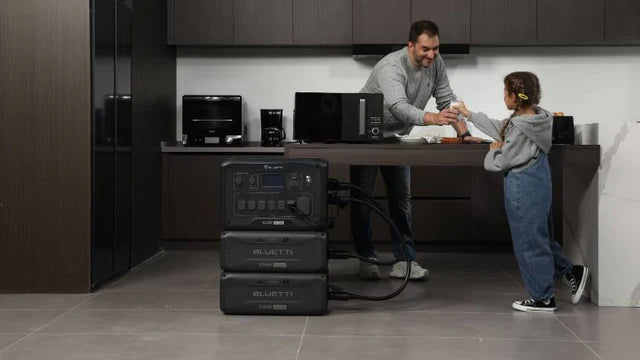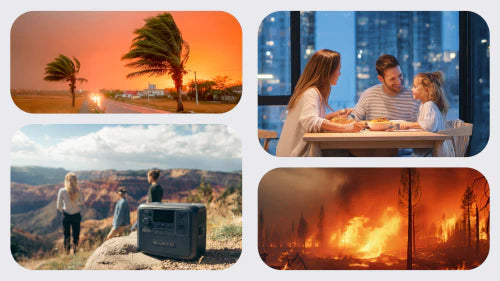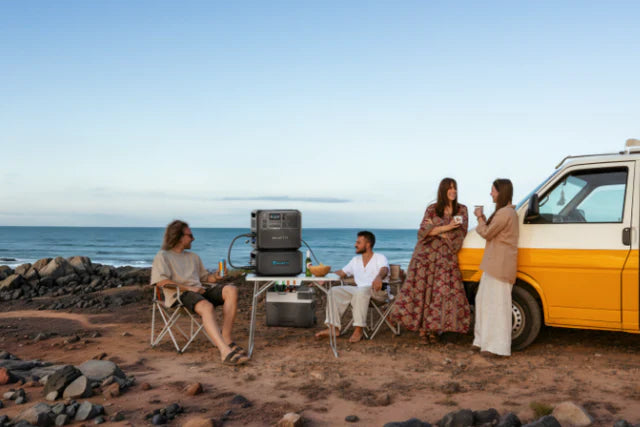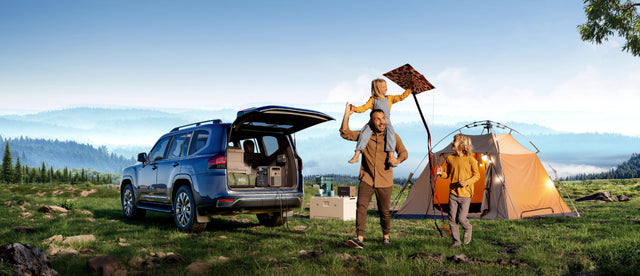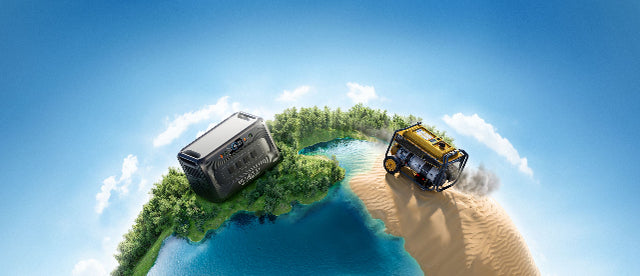Blizzard has a visibility of almost nothing, winds howl strong enough to knock you sideways, and the electric power shakes under the burden of ice and demand. There's a long list of drawbacks, like heating failure and trapping cars. What does one do in preparing to survive something so devastating that it practically shuts down the whole place for days? Let's take it by steps.
What Makes a Blizzard So Dangerous?
Blizzards are mainly a large amount of snow. In fact, according to the definitions of the National Weather Service, a blizzard meets the criteria of sustained winds of 35 mph (56 km/h) or more, with blowing or falling snow reducing visibility to less than a quarter of a mile for at least three hours.
That long definition would be purely technical. What does it mean then in practical terms? People cannot see their hands right in front of their faces, winds carve like a soldier's bayonet, and almost impossible to travel.
Quickly clinging to all such:
- From little visibility - deadly driving.
- Heavy snow - burdening trees and roofs, leaving sometimes assets behind.
- High winds - to take down the power.
- Cold conditions - wherein frostbite and hypothermia lurk.
- Vehicle entrapment - persons stuck in cars on highways or rural roads, still one of the most eerie threats.
Blizzard watches and blizzard warnings are different creatures. A watch means the conditions could develop in the next 12 to 48 hours; a warning means it is happening or imminent: time to finalize your plans, get your supplies, and hunker down. A watch is a "heads-up," and a warning is "brace yourself, it's here."
Preparation Before the Blizzard Hits
Blizzards don't sneak up on you. Meteorologists track them for days before they develop. It is that point in time at which the gears can actually change from "Should get to it at some point" to "Okay, let's batten down the hatches now."
Awareness of Weather
Your first line of defense against a blizzard will be awareness. Like checking out the tide before heading out. No surprises midstream.
Yes, every area is unique in terms of winter weather. If you recall Buffalo or Fargo or even Calgary, you'd probably think that multiple times in a year the skies would turn white and the roads would disappear. Storms are among the normal drumming cadence there, and many times, people plan their routines around them.
But go a little south, say, Missouri or Virginia, and suddenly the story changes; you'd hardly find conditions such as those there. So when they actually come, you feel ambushed. The stores clear their bread and milk in the depths of hours; plows cannot keep up; local infrastructure sometimes isn't prepared.
This is where your proactive instincts will help much: by either subscribing to alerts from the National Weather Service or tuning into NOAA radio channels, or even signing up for text and email alerts from your local county. These are not just some noise in the background; they keep you up to 24 to 48 hours in advance, sufficient time to stock food and fuel and make decisions before travel becomes out of the question.
But here's the catch: do not put all your trust in your smartphone. Phones are wonderful until they're not. Towers freeze, lines go down, and batteries just seem to happen to die, with the speed of light in subzero temperatures.
For this reason, a serious winter kit should always include a battery-powered weather radio: one of those chunky, slightly old-school devices that always manage to get a signal when everything else fails. Some even have hand-crank and solar panel options, which can literally be a lifesaver if the outage lasts longer than the batteries in your kit.

Winterizing Your Home
Your dwelling is your fortress; "fortify" it for winter.
- Before winter: Insulate and weatherstrip your doors and windows. Even small gaps bleed heat.
- Furnace and boiler service, not the last thing to give in, the subzero conditions leave you without them.
- If wood or gas fireplaces are your last resort, keep those chimneys clean.
- Test smoke and carbon monoxide detectors, more heating, such as increased risk with it.
Even Home Depot and such are bringing out pre-winter checklists in October; not gimmicky selling; it's about survival.
Emergency Kit Essentials
An obvious one, little will account for it. FEMA and Ready.gov say three days in any case, but I'd sure be thinking of a longer stretch, because blizzards are rather famously tardy in leaving and sometimes roads remain closed long after the last flake has fallen.
This is how you actually assemble a kit that might carry you through.
Nonperishable Foods
Thus, have some cold, uneaten, non-refrigerated food items on standby, such as canned soup, protein bars, peanut butter, and dried fruits, for purposes other than defending against frozen meat chunks if there is a power failure.
Water
A gallon a day for a human being, in relatively practical terms. So, roughly, drinking and small cooking/cleaning. Add a bit more for prolonged periods of snow-in. The bottled waters are the easiest, but get foldable jugs stockpiled before the storm.
Light Source
Well, let's talk flashlights, headlamps, and lots of spare batteries because winter days are dark and low. Headlamps leave both hands free to dive into supplies or look after pipes. Keep candles out of the house; they are wonderful, but it's asking for a fire and a safety hazard just indoors.
Medicines & First Aid
Finding a well-stocked first aid kit, including prescription drugs, should be a priority for you. Pharmacies could be closed or unreachable for a few days. Get some over-the-counter stuff: painkillers, cold medications, and electrolyte packets. And that adds special medications, whether inhalers or insulin, and an extra supply, as permitted by your doc.
Everyone Packs Warmth and Sleep
Most often, blizzards are accompanied by a power outage. In the case of a furnace failure, you can do with mere woolly socks and sleeping bags rated for quite extreme climate temperatures. The indoor temperature can drop significantly if the power is cut. Prepare layers according to the camping gear; to your surprise, the difference is quite phenomenal.
Heating & Power Backup
One of those several categories that usually attract neglect, not the least as by the time the grid is down, there seems little point to thinking about Plan B for warmth and electricity. This could be an indoor propane heater, maybe a wood-burning fireplace (make sure the chimney is checked beforehand), or just some well-prepared firewood.
Here is where BLUETTI comes in with perfect, silent, and safe emergency power.
BLUETTI Elite 100 V2
A mighty compact one, Elite 100 V2 portable power station packs in a powerful capacity of 1,024Wh with 1,800W output, which is adequate to keep essentials such as lights, routers, TVs, and even small appliances running smoothly. It charges up to 80% in just 45 minutes, thanks to its TurboBoost technology and the LiFePO₄ battery it boasts of over 4,000 cycles, which means it will last for over a decade. Also importantly, at 30dB, it is practically a whisper; you can go ahead and enjoy your hot chocolate in serenity. Its <10ms UPS feature makes it suitable for critical devices like medical equipment, ensuring seamless power transfer in case of grid failure.

BLUETTI Apex 300 Home Battery Backup
With 2,764.8Wh capacity and 3,840W output (7,680W surge), Apex 300 keeps homes running even in a blizzard. Its 0ms UPS ensures heaters, fridges, and medical devices never lose power during sudden outages, while dual 120V/240V support covers everything from lights to stoves. When outages drag on, the Apex 300 can be directly recharged by a gas generator, extending runtime for days. This hybrid setup guarantees 24/7 power for essentials with less fuel, lower noise, and a cleaner, more reliable backup during extreme weather.

Road & Outdoor Ready
If winter travel leaves it necessary, turn your car into a kind of survival capsule. Pack:
- Blankets or sleeping bags.
- Small supply of emergency food and water.
- Ice scraper, shovel, jumper cables, flares, or reflective triangles.
- Extra gloves, extra socks, and extra hats.
Keep the tank at least half full at all times. That will keep the heater going should the need arise. Always park a little facing the storm; that makes for easier and safer plowing out, an unusual but smart tip.

Before Blizzard Preparation Checklist
|
Task |
Why It Matters |
When to Complete |
|
Sign up for weather alerts |
Early warnings save lives |
Pre-winter |
|
Insulate/weather-strip |
Prevents heat loss, lowers bills |
Fall prep |
|
Service furnace/heating |
Reduces risk of breakdown mid-storm |
Fall prep |
|
Stock 3–5 day supplies |
Keeps you safe if roads close |
2–3 days before blizzard |
|
Prepare car kit |
Survival tool if stranded |
Pre-winter, top-up before storms |
|
Check CO/smoke alarms |
Prevents silent but deadly accidents |
Start of winter + monthly |
Dangers Present in the Blizzard
Snow, howling winds, no visibility at all. Actually trying to stay alive, warm, in not too much trouble is the goal now.
Shelter in Place
What is really the best option? Move indoors. Shut and lock the doors, pull the curtains, and stuff a towel in all the leaks. Prepare lights for emergencies: candles seem lovely, but a battery lantern is the safest. They should be spaced three feet clear of combustibles if space heaters are filling the room, and keep checking for carbon monoxide levels.
How does this create a nightmare? A friend of mine thought it wise to ride it out in a shed or garage without power. Don't do it. While cold, however, your house is so much better.
Health and Safety
Wear layers! Wool socks under your boots, thermal baselayers, and waterproof outer shells if you must go outside. Dry is half the fight.
Pay attention to frostbite, numbness, whitish or grayish skin, and tingling. Signs of hypothermia are ashen skin, shunning, or throaty voices that no one can understand. Evaluating just the symptoms involves adding to receiving treatment, then slowly raising body temperature; do not just throw your hands into boiling water!
Communication
In this current age, losing power almost gives one a breath loss. Save battery:
- Devices on low power.
- Text, do not talk: Talking drains battery fast.
- Switch charging with power banks when you can.
- A little hand-crank radio might look like a silly idea, but it will definitely be worth its weight in gold during a blackout.

What to Do After the Blizzard
And as it brings a lull in the wind, out comes the temptation to bolt out like some child set out for recess. Well, easy does it. For the post-blizzards, calamities rival, if not surpass, just about anything the blizzard itself brought along with her.
Snow Safe Shoveling
If anything, shovelling is more fraught with dangers than he supposes: heart strain, frostbite, lower back injury. Work short periods of time; take a break, if possible, push the snow rather than lifting it. Clear around vents, drains, and hydrants, if one happens to be nearby.
And then, that roof; heavy snow could put that roof into structural failure. Rake that roof or have it done by the pros before it becomes dangerous.
Reset & Recharge
After the storm has over, check your emergency kit. Refill on any commodities used; prescription check-ups done, refill with water, and recharge. Also, check after the heating system and detection systems; they just went through a huge test.
Check on Others & Insure
It is communal times indeed. Barricade down every street, open doors of your neighbors, neighbors of high age, or alone by themselves. Strangely, most deaths occur after storms due to the fact that people live alone.
Having photographs of damage before any repairs are also valuable, as good references in the insurance claims process.
Smart Preparations for the Next Blizzard
Noted again that blizzards go up and down. If you live in the storm belt, start thinking long-term.
- Put in place those whole-house generators to keep work rolling along without worry.
- Smart thermostats and heating keep your home warm when you are not there.
- Community networks, neighbors looking out for each other, build resilience.
- Insurance: snow-load damage, broken pipes, fallen trees. Many of these gaps in coverage don't show themselves until they are most needed.

Stay Powered-Up with BLUETTI
One thing storms reaffirm? Power is everything. Power keeps everything running in modern life, from phones to medical equipment; the insight behind BLUETTI power stations.
It's light, the BLUETTI Elite 30 V2, at 4.3 kg, is relatively light, silent, and designed for outages, not days. It could power phones, radios, lights, and maybe small appliances, a little hero for day-trip or short-storm scenarios.
Then, of course, there is the almighty BLUETTI Elite 100 V2 with over 1,000 Wh of battery power to withstand even the longest blackouts. This can keep running fridges, lights, or even a TV, and with solar charging, you really won't be left stuck when gas stations are dry. Think of it as insurance quietly humming in the corner.
Not just surviving but maybe somehow experiencing with a bit of comfort would be what this would really make possible.
Final Thoughts
How should one prepare for a blizzard? Prepare early, think pragmatically, and do not trifle with the storm. The time spent knowing the weather for a reaction winterizes a home; an emergency kit allows independence when roads are closed.
Go down into the house when the blizzard arrives, warm up by the fire, and stay warm. When it all clears, shake out for cleanup; track your neighbors, and stock up for replenishment in case a power cut may be the next one's claim to fame.
These storms are indeed a very formidable force, but with preparation, and of course, the BLUETTI humming steadily in the background, we will have absolute ease during such storms!
When everything is suddenly blanketed under snow and the blue and clear sky comes to glitter, it is quite a beautiful sight.
